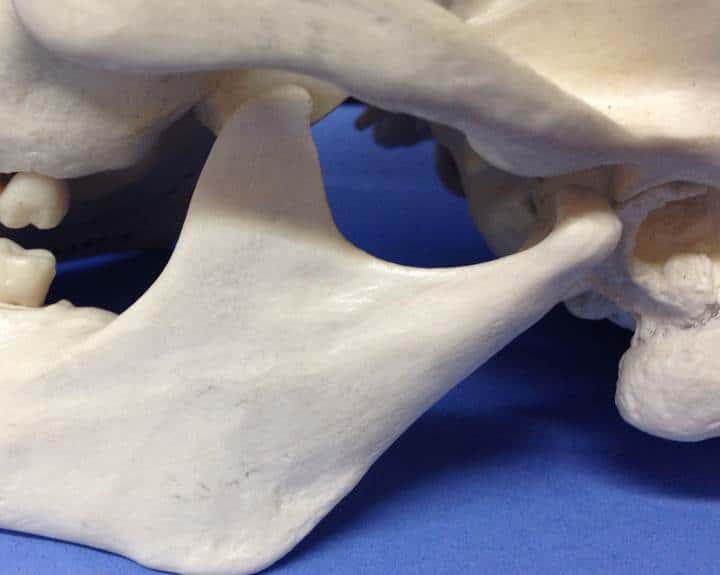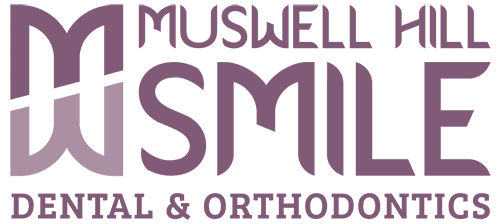
The TMJ or temporomandibular joint is the joint that connects your jaw to your skull.
The temporomandibular joint is one of the most complex joints in your body. It’s a sliding hinge that lets your jaw move up and down, side to side, and back to front. In addition to the bones and muscles, there’s also a small piece of cartilage (firm tissue) called disk that acts like a shock absorber and protects your bones from wear and tear.
If you place your fingers just in front of your ears and open your mouth, you can feel the joint and its movement. When you open your mouth, the rounded ends of the lower jaw (condyles) glide along the joint socket of the temporal bone. The condyles slide back to their original position when you close your mouth. These movements are facilitated by the help of the disk which absorbs shock to the temporomandibular joint from chewing and other movements.

- Pain in one or both of your jaw joints, in your face or neck
- Earaches
- Your teeth fit together differently
- Pain when you chew
- Stiff muscles in your jaw
If you have any of these symptoms, your doctor or dentist will look for signs of irritation or inflammation in your jaw, listen for clicking or grinding noises, and test how far your jaw can move in any direction. You might also need X-rays or another type of imaging scan to help your doctor get a clear picture of the joint.
If you still have issues with TMD, your dentist might recommend one or more of the following:
- Prescription painkillers or muscle relaxers
- A plastic mouth guard to protect your teeth if you grind them (you usually wear this at night)
- Braces to fix an uneven bite
- Anti-inflammatory medicine, like steroids,
You might need a procedure to fix the issue:
- Crowns or bridges can reshape your bite.
- Your dentist can file your teeth so your mouth closes evenly.
- Arthrocentesis: Scar tissue caused by an inflammatory illness, like arthritis, is cleaned out.
- Arthroscopy: Your doctor uses a tube to guide small surgical instruments into your jaw joints.
- Low-level laser therapy: Infrared light sent toward the joint and nearby tissues help with pain.
- If you have a serious issue, like a structural problem in your joint, you might need surgery.




